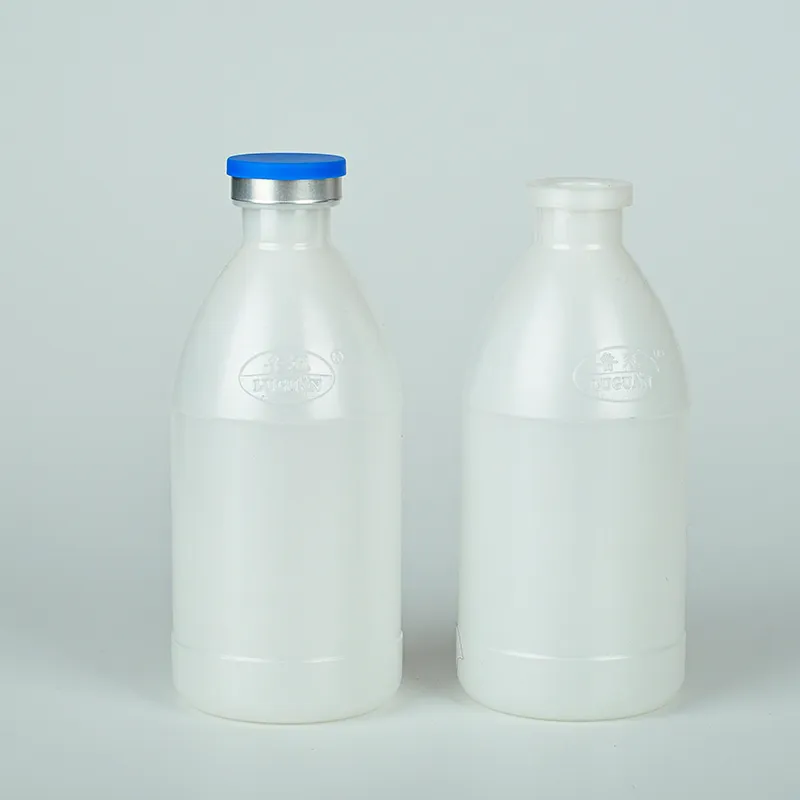Exploring the Various Sizes and Shapes of Petri Dishes for Laboratory Use
Understanding the Dimensions of Petri Dishes
Petri dishes, also known as Petri plates or cell-culture dishes, are essential tools in microbiology and various scientific fields. They provide a controlled environment for the growth of microorganisms, cultures, and various biological samples. Understanding their dimensions is crucial, as it influences experimental outcomes, ease of handling, and compatibility with other laboratory equipment. This article delves into the common dimensions of Petri dishes, their variations, and considerations for choosing the right size for your experiments.
Standard Dimensions
Petri dishes come in a variety of sizes, with the most common being 90 mm in diameter and 20 mm in height, often referred to as standard Petri dishes. This size is widely used in laboratory settings for growing bacteria, fungi, and cells, as it provides enough surface area for ample growth while being manageable for handling.
Aside from the 90 mm standard size, Petri dishes also come in other dimensions, including 35 mm, 60 mm, and larger sizes like 150 mm. The 35 mm dish is typically used for smaller culture applications and is ideal for assays where limited amounts of samples are necessary. The 60 mm dish is often used in experiments requiring more growth space, while the larger 150 mm dishes are suitable for high-density cultures or larger samples.
Depth Considerations
The depth of Petri dishes also varies, impacting the volume of media they can hold. Standard dishes are generally 20 mm deep, allowing for a sufficient volume of agar or liquid medium—typically around 15-20 milliliters. For some experiments, particularly those involving fermentation or larger microbial cultures, deeper dishes—sometimes reaching up to 25 mm—are beneficial as they can accommodate larger volumes, reducing the frequency of medium replacement.
Material and Surface Type
Most Petri dishes are made from glass or durable plastic like polystyrene. Glass dishes are reusable and can withstand higher temperatures, making them ideal for applications involving sterilization through autoclaving. Plastic Petri dishes, on the other hand, are disposable, lightweight, and often easier to handle, yet they generally cannot withstand extreme temperatures.
dimensions of petri dish

The surface texture of Petri dishes can also influence microbial growth. Some dishes come with a treated surface to enhance cell attachment, while others are designed to be ultra-smooth to facilitate the growth of specific organisms. Understanding the requirements of your cultures can guide your choice of surface types.
Compatibility with Laboratory Equipment
When selecting the dimensions of Petri dishes, it is crucial to consider compatibility with other laboratory equipment. For instance, if utilizing an incubator or a shaker, the dimensions of the dishes should match the chamber size. Similarly, if performing assays, such as enzyme-linked immunosorbent assays (ELISA) that may require specific plate dimensions, selecting the right size is essential to ensure accurate and reliable results.
Choosing the Right Size
Selecting the appropriate Petri dish size is a decision that can significantly influence the success of scientific experiments. Researchers should consider the scale of their experiments, the type of organisms being cultured, and the specific requirements of their methodologies. For preliminary tests, smaller dishes might suffice, while larger experiments will benefit from the increased capacity of larger Petri plates.
In addition to size, researchers should also take into account experimental design, including whether multiple samples will be run concurrently or if there's a need for isolation of specific cultures. Each situation may dictate a different preference for size, depth, and material of the dish.
Conclusion
In summary, understanding the dimensions of Petri dishes is critical for any laboratory work involving microbiological and cellular cultures. With various sizes—from the standard 90 mm to larger 150 mm options—researchers must tailor their choices based on their specific experimental needs. Adequate knowledge about aspects such as depth, material, and compatibility can greatly enhance the efficacy of scientific investigation, facilitating precise and reproducible results. Whether you are a seasoned scientist or a student, being mindful of the Petri dish dimensions will play an integral role in your research success.
-
Aesthetic Makeup Spray Bottles | Fine Mist Empty RefillableNewsAug.19,2025
-
White Plastic Veterinary Vaccine Vials | Lab Liquid BottlesNewsAug.18,2025
-
Plastic Medicine Liquid Bottle: Secure Flip Top Drug VialsNewsAug.17,2025
-
Durable 250ml Blue Plastic Vaccine Vial for Lab & Vet UseNewsAug.16,2025
-
Sterile Virus Sample Tubes: Secure & Reliable Specimen CollectionNewsAug.15,2025
-
White 250ml Plastic Vaccine Vial for Lab & Vet MedicineNewsAug.14,2025
























